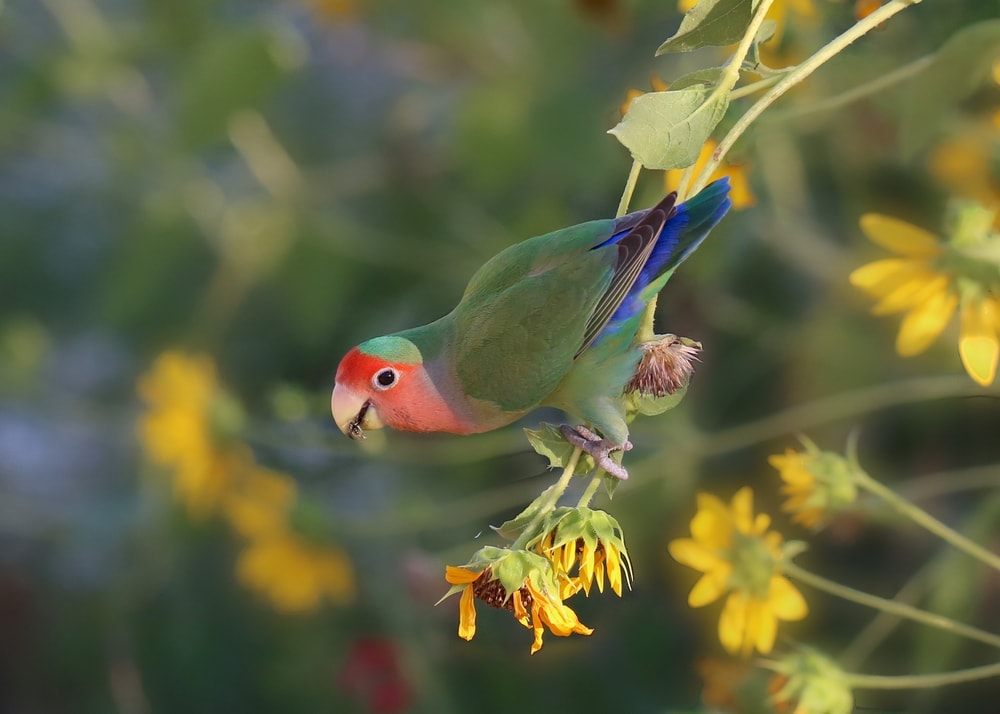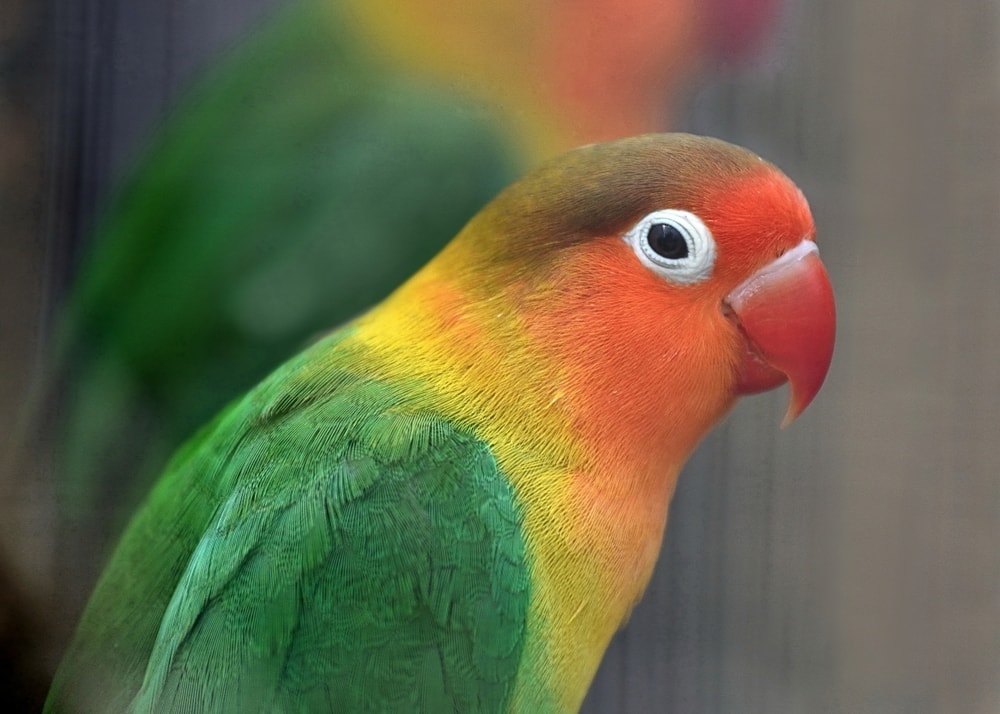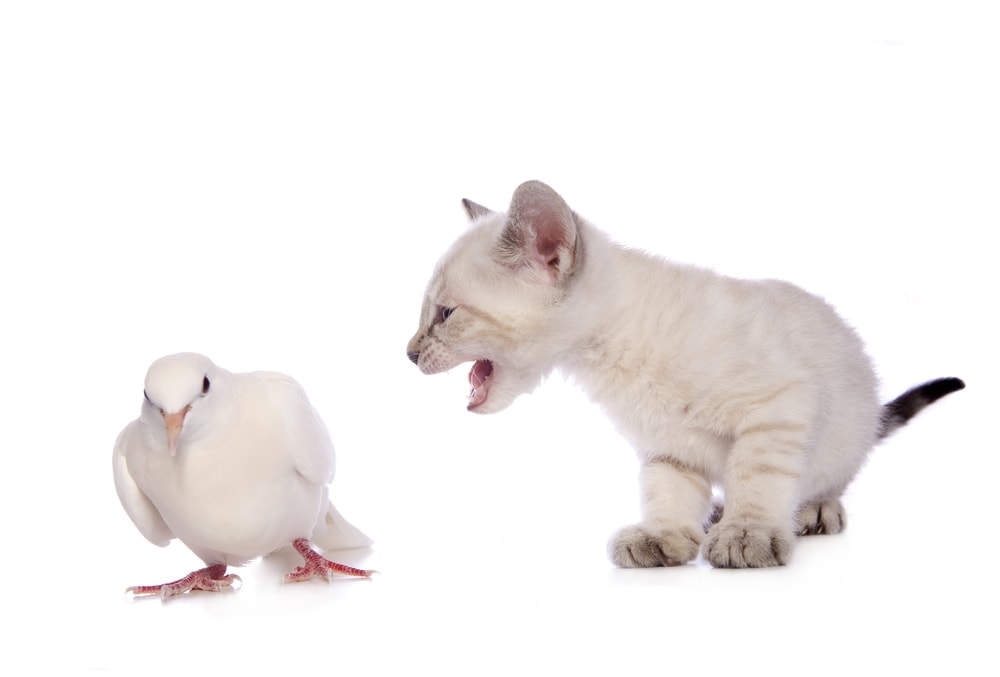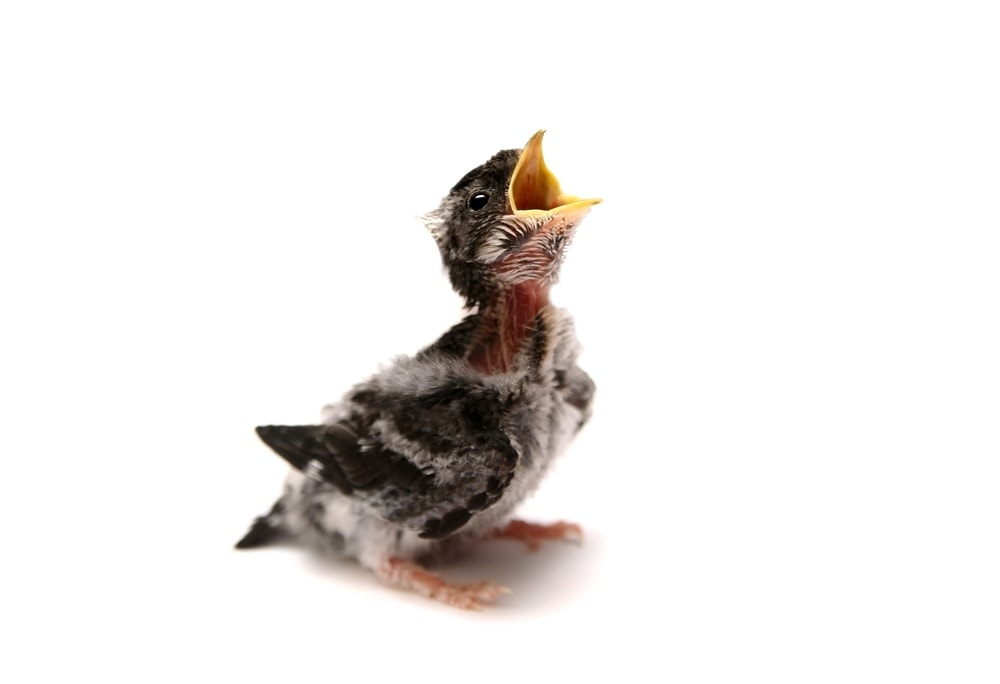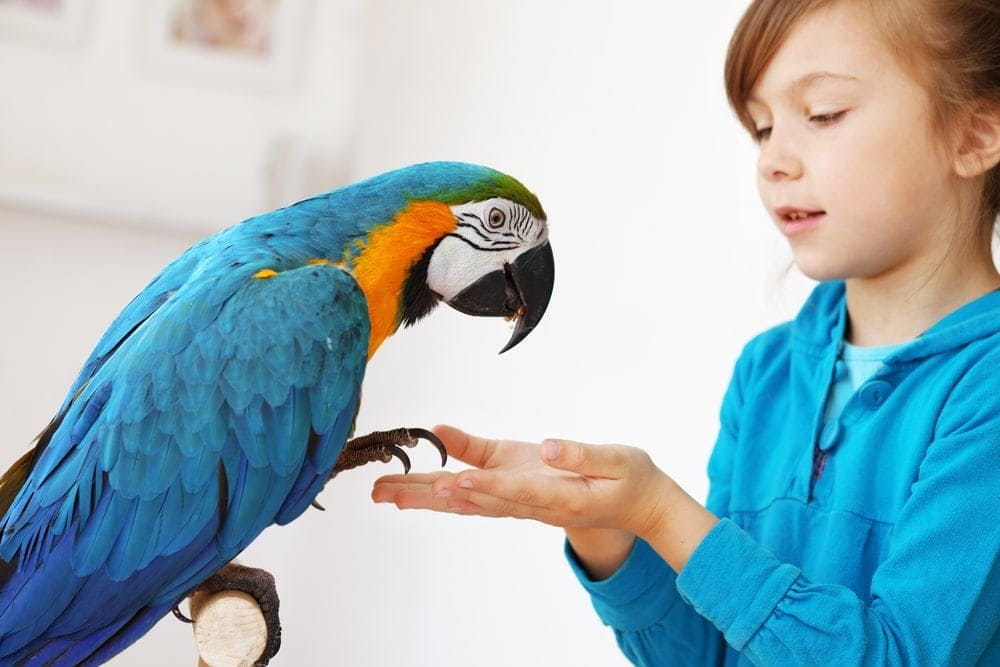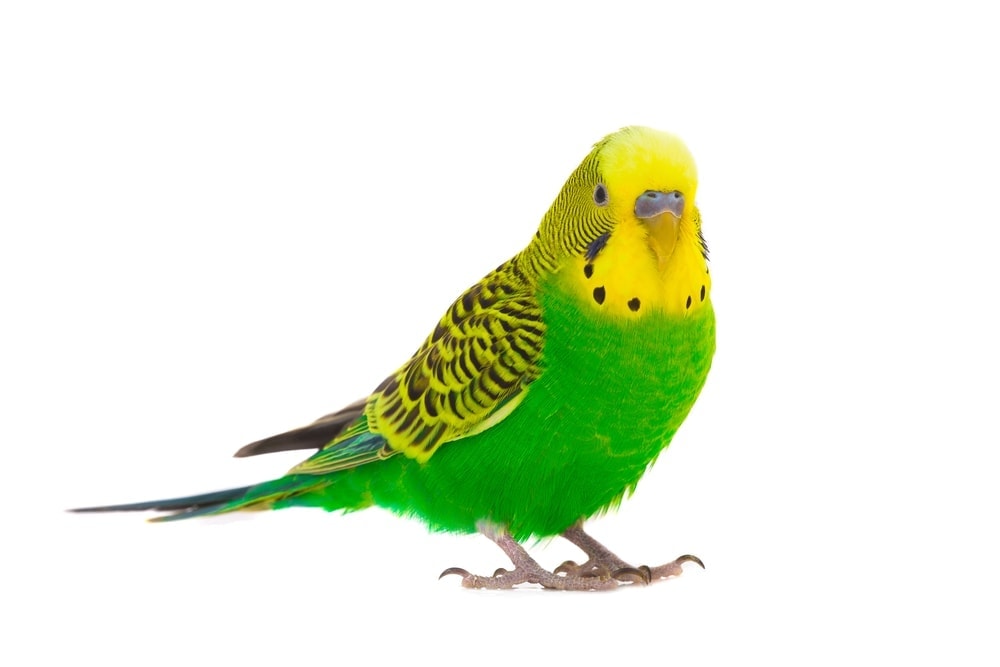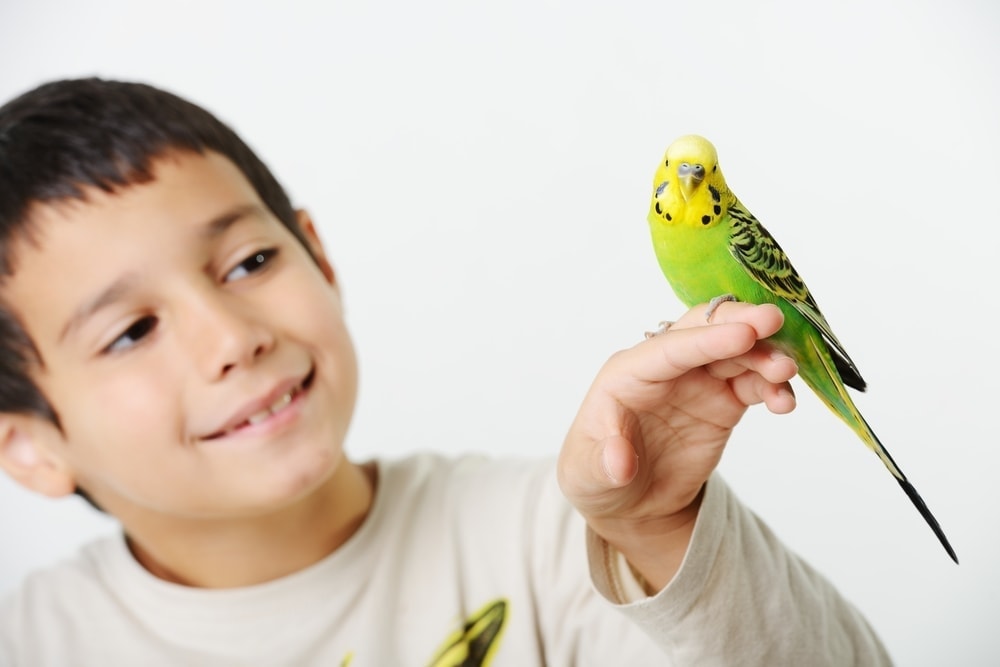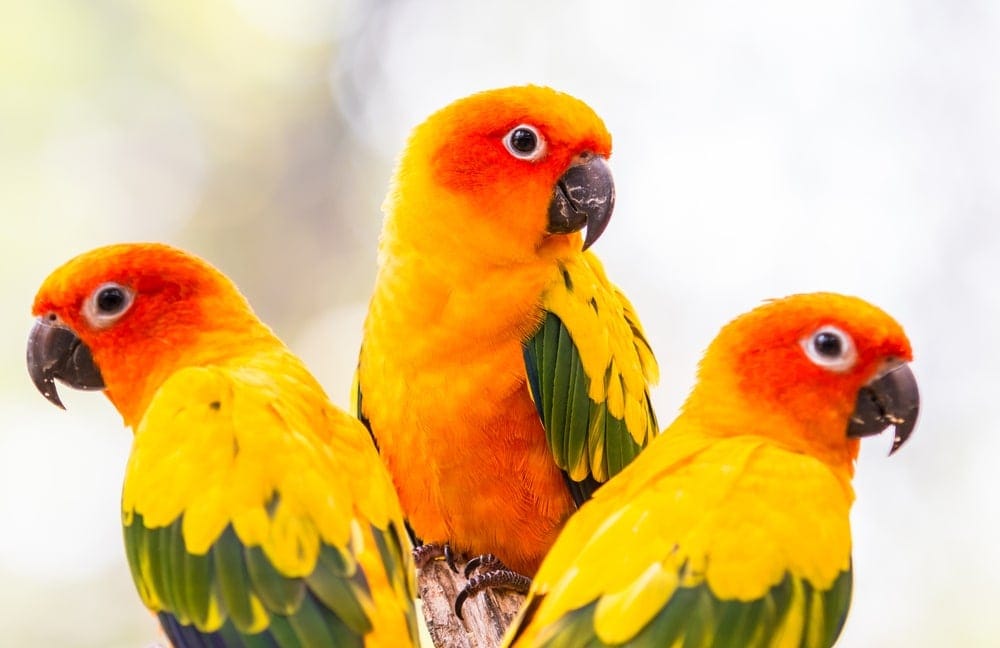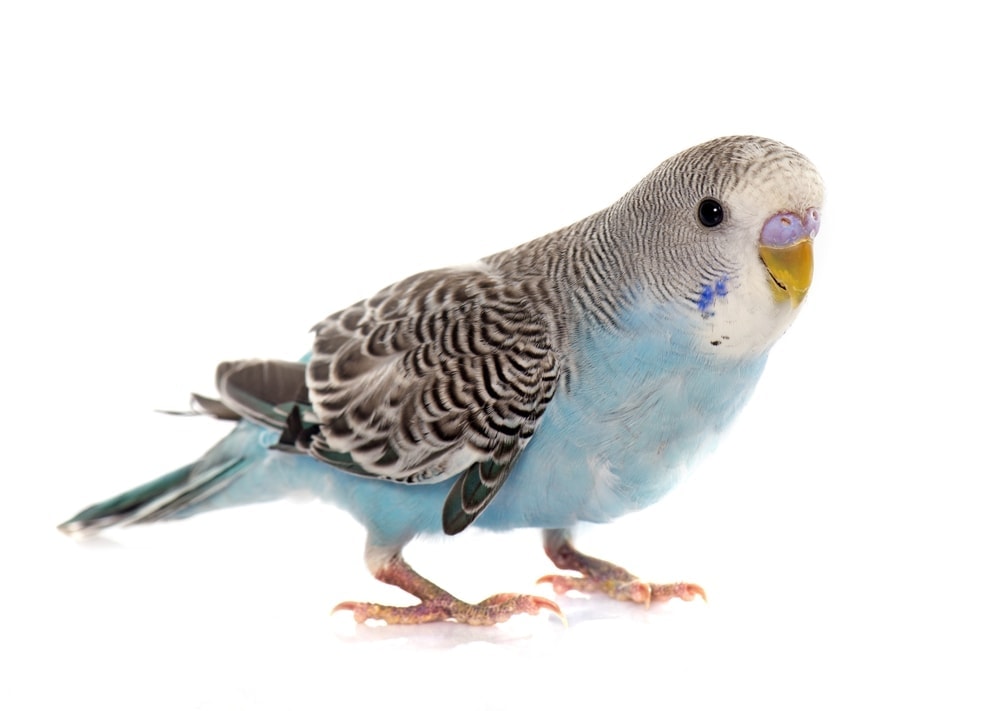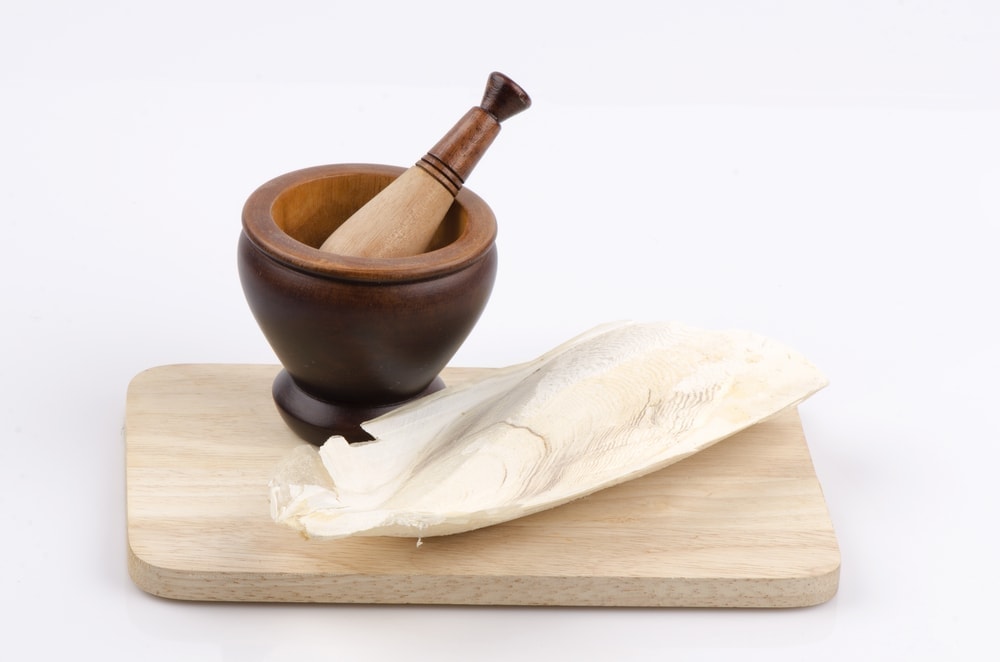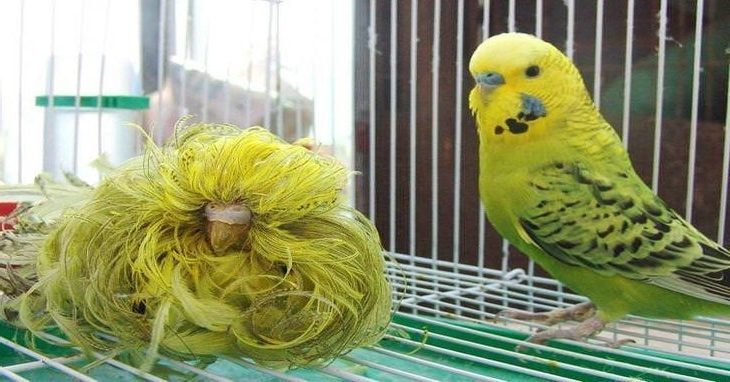Fischer’s lovebird is an amazing bird companion.
Quite the energetic sort, the Fischer’s lovebird is a very loyal, friendly, and gentle bird – but requires basic interaction to reach there.
They’re also very good in birdcages full of other pet birds.
The species’ binomial nomenclature is Agapornis fischeri.
Fischer’s Lovebird Information
The small-sized Fischer’s lovebird is typically green, orange, and yellow-colored. The average lifespan of a lovebird is up to 15 years though there have been reports of even 20-year-olds from various pet bird owners.
The Fischer’s lovebird is a very social and charming bird, and I’d say they are as charismatic as their close cousins, the peach-faced lovebirds, who are more popular (their increased popularity can easily be attributed to their remarkable face and its marking).
Hailing from central Africa, the Fischer’s lovebird is a popular pet choice for people all across the US.
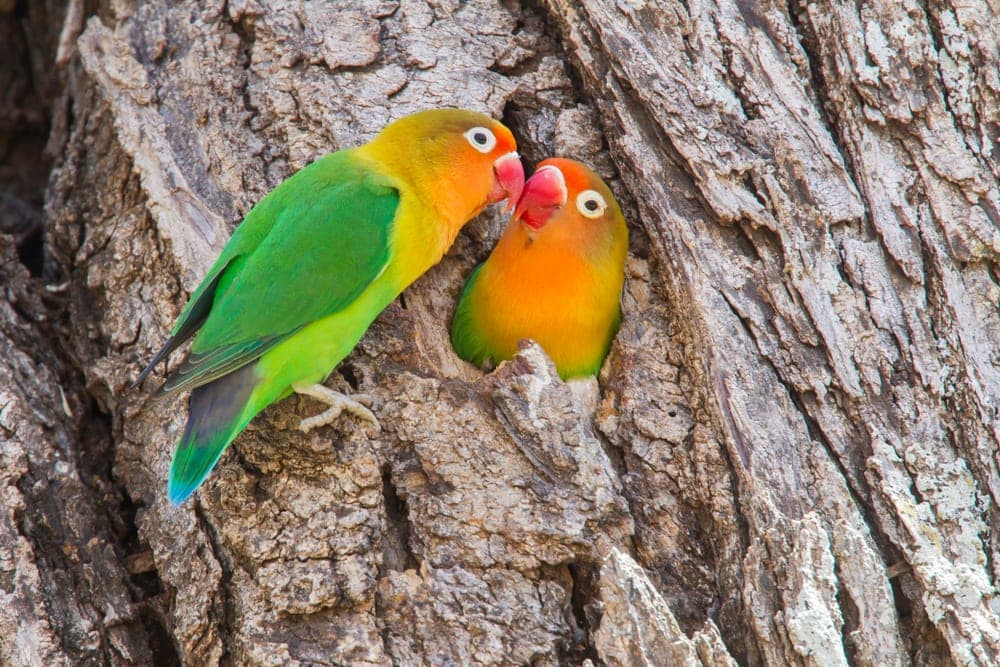
Fischer’s Lovebird Care guide
One thing that you have to understand is that even if a bird is small in size, it doesn’t mean that a small cage will suffice. You should always go for the largest cage that space and budget can allow.
Even if Fischer’s lovebirds look small, they’re exceptionally energetic, love to move about, and like to exercise and play like all other birds. And to do all of that, they require a cage that’s big enough.
Small cages can cause further problems like self-mutilation, erratic behavior, attacking other birds (if there are any in the same cage), neurotic behavior, and so on. Not a good thing at all. Taking your birds out of their cage is also very, very helpful and somewhat compensates for a not-so-big cage.
Just make sure that your birds are not cooped up. The Fischer’s lovebird will develop certain problems very quickly and might also have a shortened lifespan as a result of that.
As for the food, go for any pet bird food as they’re not very picky. Berries, cakes, fruits, vegetables, etc. are all very important but additional products are also required for mineral supplementation and taste.
Keep the diet balanced and highly nutritive. Also, avoid a mostly seeds-based diet, which can lead to the deficiency of certain nutritional elements.
Look out for signs of chlamydiosis as a Fischer’s lovebird is going to be quite vulnerable to it.
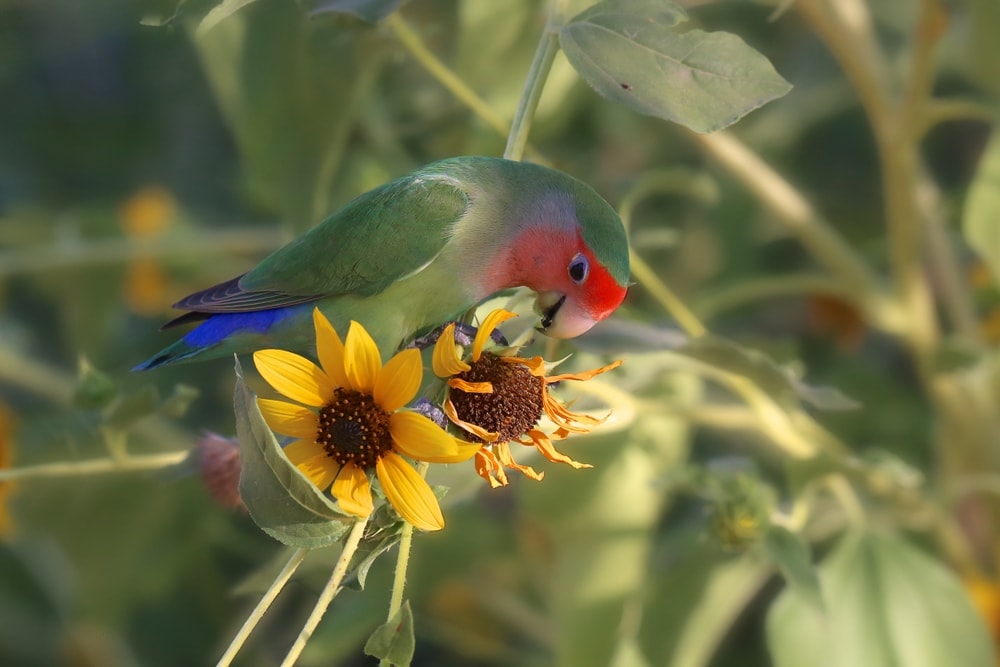
Fischers Lovebird Behavior and nature
One of the first things I always say to a new pet bird owner looking to get a Fischer’s lovebird is that don’t judge them by their size. Never!
As I mentioned, the lovebirds are very energetic. However, at the same time, they’re also very curious, bold, and inquisitive. It’s hard to imagine another small bird that’s very inquisitive as well as so energetic at the same time. The Fischer’s lovebird is at the top of the list there.
Incidentally, you should have plenty of toys in their cage. Besides being social, they also need a lot of things to stay busy. A single Fischer’s lovebird will require many toys, ropes, etc. to break down and chew.
Also, these birds are always on the go. They don’t stop, rest for long periods of time, or become lethargic easily, like many other birds (looking at you – parrots!). The sedentary lifestyle is not for them and usually, they’ll do anything to stay active and fit. This makes sure obesity is out of the question.
Now, as they are called “love”-birds, you might think that they must be in pairs. Well, surely, if they are in a pair, they will be very fond of each other. A Fischer’s lovebird is known to create a deep bond with its partner. However, this can also mean that they spend the entirety of their time cuddling up to each other. If you’d love to see that – sure, go ahead and get a pair!
However, if a Fischer’s lovebird is not in a pair, they will spend more time interacting with their owners. They require a great deal of social interaction and that’s why you’ll be able to have a very inquisitive but charming companion for yourself if you go with a single one.
Female Fischer’s lovebirds can be very territorially sensitive, making them very prone to defending their cage with quite the vigor.
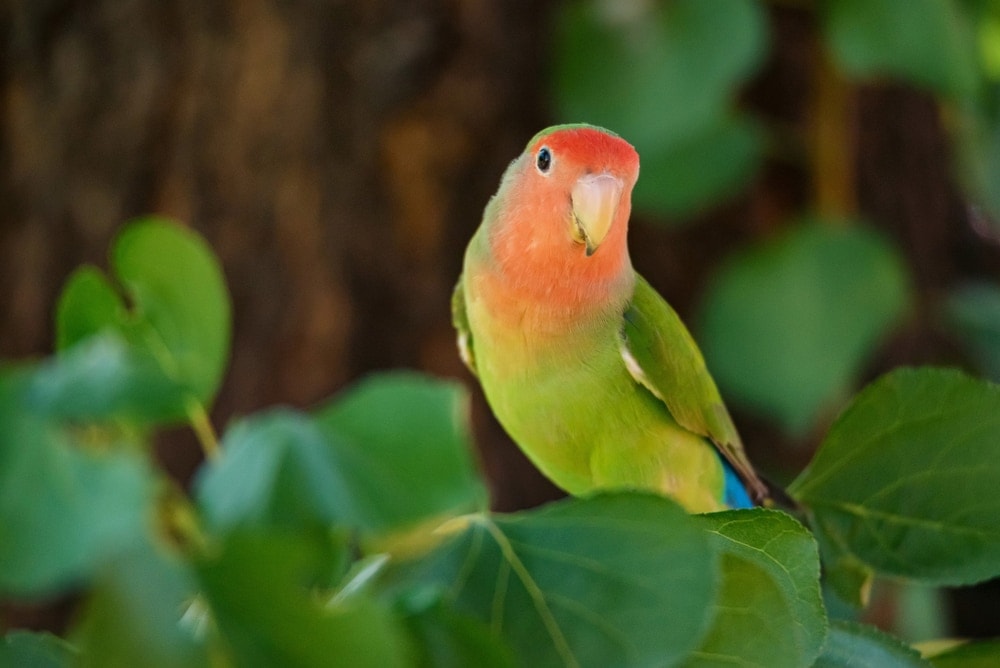
Sound
The Fischer’s lovebird is a chatterer and a whistler.
You will be listening to chattering and whistling almost all day long. During dusk and dawn, they’re even more active with their vocals, which is the finest time for any bird.
I’ve seen people have a bunch of Fischer’s lovebirds. Now, if that’s what you’re also aiming for, remember that they’re not talkative to others but extremely talkative to each other. As a result of that, you’ll have quite the busy chattering all day long.
They won’t be merely singing in a sweet voice. A bunch of Fischer’s lovebirds can create quite the noise during their discussions about unknown matters!
Fischer’s Lovebird Price
The typical price range of a Fischer’s lovebird is from $50 to $150. They’re prolific and most breeders will be having plenty of them. However, if yours doesn’t have a lot of them, they might cost more.
A pair of Fischer’s lovebirds can cost anywhere from $300 to $500.
Fischer’s lovebirds develop mutations more frequently than most other pet birds. These mutations are priced higher than normal, sometimes also exceeding the price of their close cousins, the peach-faced lovebirds.
Side note: If you manage to spot a mutation, know that the price is worth it. Fischer’s lovebirds with mutations are very popular with bird lovers.
Fischer’s lovebird is quite active when it comes to mating too. That’s why any couple can rear a great number of babies. This makes sure that there’s a good supply for these birds and any local breeder can be expected to have a healthy, hand-fed, domestically bred Fischer’s lovebird for you. This also brings down the price.
